Exploring the Tradition of Berber Prayer Rugs
Berber prayer rugs represent a significant category within the realm of traditional textiles, offering a blend of cultural heritage and practicality. These rugs are not merely decorative items but are integral to the spiritual practices of many individuals, reflecting a rich history that dates back centuries. The intricate designs and patterns found on Berber prayer rugs are more than just aesthetic choices; they are symbolic representations that vary from one region to another, each telling its own story.
Types and Craftsmanship
The diversity in Berber prayer rugs is evident in their types and craftsmanship. Consumers can find a range of pile heights, from the plush comfort of high pile to the sleekness of low pile rugs, catering to different tactile preferences and uses. The materials used in these rugs, such as polypropylene (pp), microfiber, and blends of wool and silk, contribute to their durability and texture. The construction techniques, including cut pile, machine-made, and hand-knotted options, reflect both modern manufacturing and traditional handcrafting methods, each adding a unique touch to the rugs.
Design and Aesthetics
The design elements of a Berber prayer rug are meticulously thought out, often incorporating geometric patterns and motifs that are iconic to Berber artistry. The aesthetics are not only pleasing to the eye but also serve a purpose, with certain designs symbolizing protection, fertility, and other cultural beliefs. The color schemes are typically natural and earthy, resonating with the landscapes from which they originate, yet vibrant hues are also present, adding to the visual appeal of these rugs.
Functional Versatility
While primarily used for prayer, the versatility of prayer mats extends to various settings, including as a focal point in a room's decor or as a comfortable foundation in a personal space. Their adaptability makes them suitable for indoor and outdoor use, and they can be found enhancing the ambiance of kids' rooms, dormitories, and living spaces alike. The functionality of these rugs is matched by their spiritual significance, providing a dedicated space for reflection and meditation.
Material Benefits and Care
The materials chosen for prayer rugs are not only for their visual appeal but also for their practical benefits. For instance, microfiber options offer ease of cleaning, while wool and silk blends provide a luxurious feel and inherent durability. The care for these rugs varies depending on the material, with some requiring more delicate handling than others. However, the commonality lies in their resilience and the ability to maintain their quality over time with proper care.
Sustainable and Ethical Considerations
In an era where sustainability and ethical production are increasingly valued, many Berber prayer rugs are made with these considerations in mind. The use of sustainable materials and ethical labor practices is a growing trend in the production of these rugs, reflecting a commitment to both the environment and the artisans' well-being. This aspect not only adds to the intrinsic value of the rugs but also resonates with consumers who are conscious of their purchasing impact.


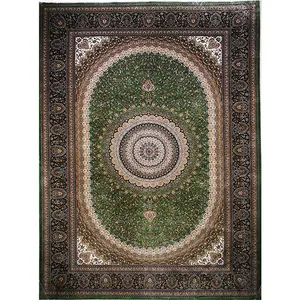

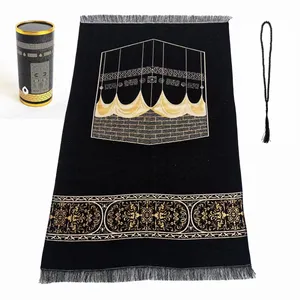

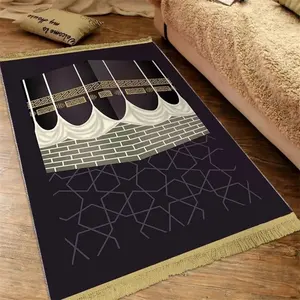

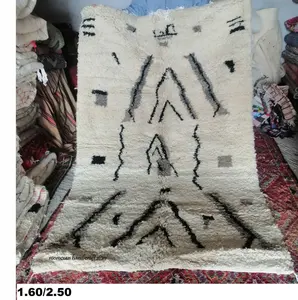
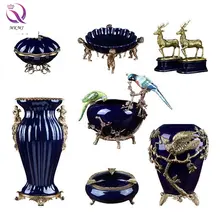
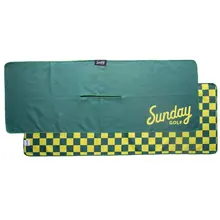
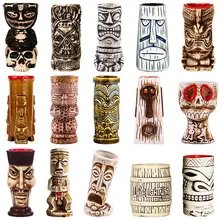
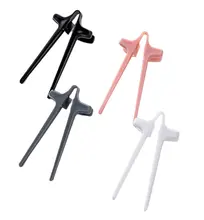

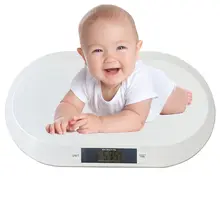


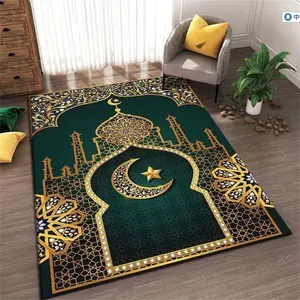






















 浙公网安备 33010002000092号
浙公网安备 33010002000092号 浙B2-20120091-4
浙B2-20120091-4